Exploring Customized Floating Platforms
Customized floating platforms cater to a diverse range of aquatic environments, from commercial amusement parks to public spaces and adventure parks. These platforms are tailored to meet specific needs, offering versatility in design and usage.
Types and Materials
Customized floating platforms come in various types, including inflatable ride-ons, marine supplies, and air mattresses. Material selection is crucial, with options like polypropylene (PP), steel, and other metals, ensuring durability and sustainability. The choice of material affects the platform's buoyancy, stability, and longevity.
Design and Customization
The design process of a customized floating platform is intricate, allowing for personalization in size and features. Whether it's for a single individual or a group, the platforms can be designed with different load capacities. The customization extends to the inclusion of safety features, color schemes, and additional functionalities tailored to the user's requirements.
Applications and Features
Customized floating platforms serve a multitude of applications. They are not only pivotal in leisure and entertainment but also in marine construction and rescue operations. Features may include eco-friendliness, adaptability to different water conditions, and ease of assembly, making them suitable for various scenarios.
Advantages of Customization
Opting for a customized floating platform brings several advantages. Customization allows for platforms that align with environmental policies, enhance user experience, and offer improved safety and comfort. The adaptability of these platforms to specific needs makes them a valuable asset in both recreational and professional marine activities.
Choosing the Right Platform
Selecting the right customized floating platform involves considering the intended use, the number of users, and the specific features required. It's essential to assess the environmental impact, maintenance needs, and the platform's compatibility with existing equipment or infrastructure.
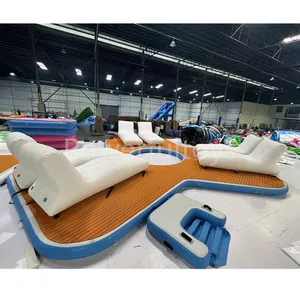

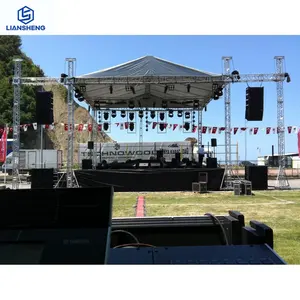

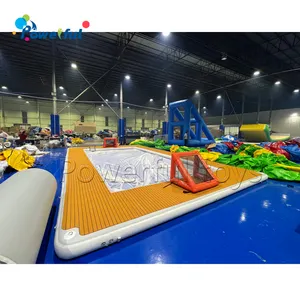

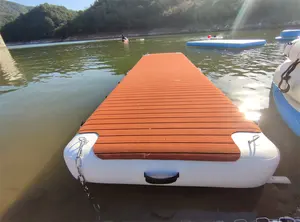

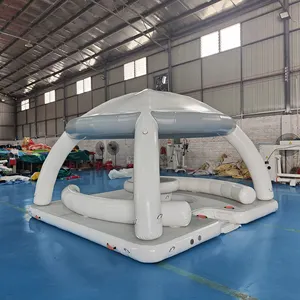

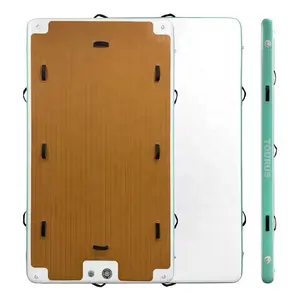
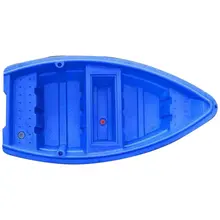

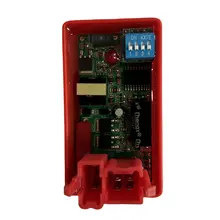
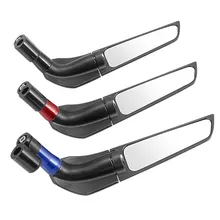
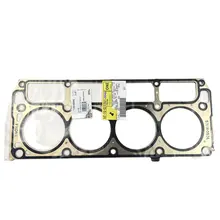



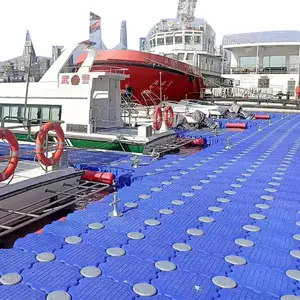
























 浙公网安备 33010002000092号
浙公网安备 33010002000092号 浙B2-20120091-4
浙B2-20120091-4